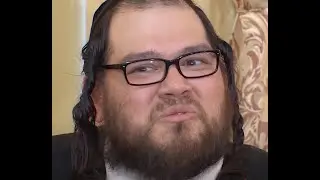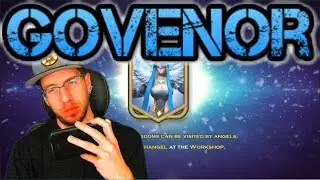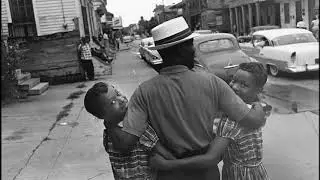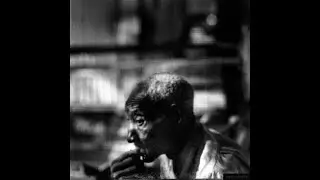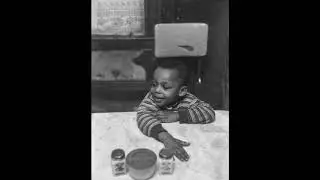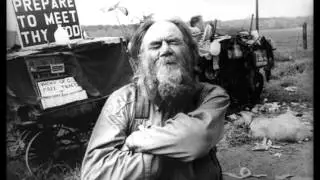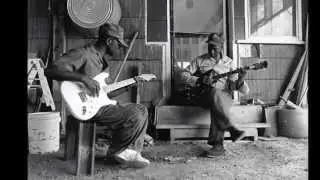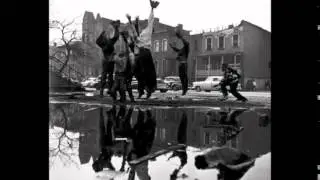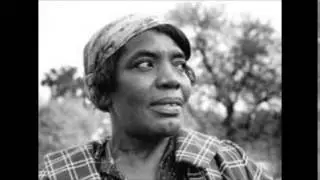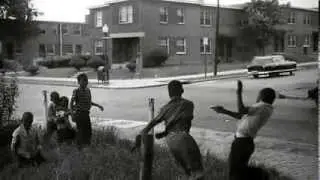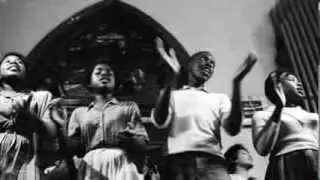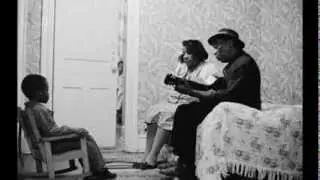Bessie Jones - I'm A Rollin', I'm A Rollin' (Everybody's A Rolling Stone)
recorded at Alan Lomax's apartment, 3rd Street
10/12/1961
Mary Elizabeth "Bessie" Jones was born February 8, 1902, in Smithville, Georgia. When she was seven months old, her parents moved to Dawson. She grew up in a large, extended family that included her stepfather, James Sampson, and his parents, Jet and Julia Sampson. It was from the Sampsons, especially Jet, that young Bessie first learned about slavery and "the old ways." Music was as important as storytelling in her family. Her Uncle Gene sang and played guitar. All the men in her family played guitar or banjo, and they made their own banjos. Jet played the accordion and made banjos out of wood. Her mother played autoharp.
When Bessie was only nine years old, she got her first job doing childcare. That same year, her stepfather died, and the family moved to Osterfield to be closer to relatives. Bessie finished her last year of formal schooling in 1913, and the following year she met and married Cassius Davis, and soon thereafter gave birth to her first child, Rosalie. Davis lived on St. Simons Island, but had come to the mainland looking for work. Bessie began working as a farmhand, taking Rosalie to the fields with her.
After Davis's death around 1926, Bessie and her cousin decided to go to Florida to find better jobs. In Key Largo they were hired to do washing and ironing for a crew laying railroad track. After a short time there, she went to Miami and worked as a cook and maid. In 1928, she moved on to Okeechobee to farm; there, she met and married George Jones. Together, they became migrant workers and followed the crop harvests from Florida to Connecticut. During these years she also traveled to Brunswick, Georgia, and St. Simons Island, visiting both George's family and her deceased first husband's family.
By 1933, Bessie and George settled on St. Simons Island. They continued to do migrant work, but kept their home on the island. In the off-season, Bessie worked as a maid and cook, and joined Lydia Parish's Spiritual Singers Society of Coastal Georgia.
In the mid-1950s Bessie met folklorist Alan Lomax, who was conducting fieldwork in the Georgia sea islands and working to collect the music of the Spiritual Singers Society. In 1960, Bessie was "called to teach" — to pass on to others what she knew about slavery through songs and stories that she learned as a child. While participating in Lomax's film on the Spiritual Singers Society, she went to sing for a child's birthday party. She was going to start off the party by singing a lullaby, then changed her mind. "But when I got up," she recalled, "I said I was glad to do it because this is where my grandfather was brought up at, and that gave me a head to speak right there. When I said that, they stopped the beer right there, and everything, and I was getting ready to sing to the child, but wasn't nobody saying nothing. Then something told me 'You got to tell them everything in your mind.'"
Source: http://arts.gov/honors/heritage/fello...
Photos:
Alan Lomax
Ralph Rinzler Folklife Archives & Collections
Diana Davies
Helen M. Strummer
Edward Weston



